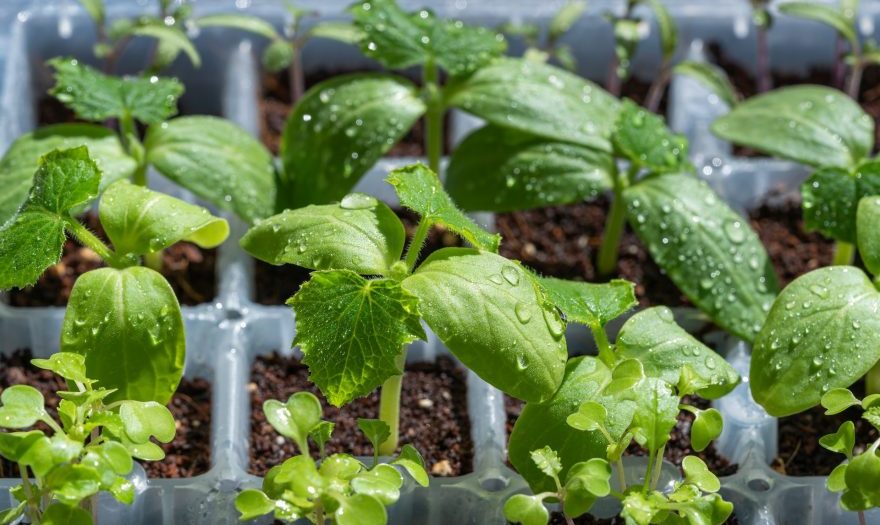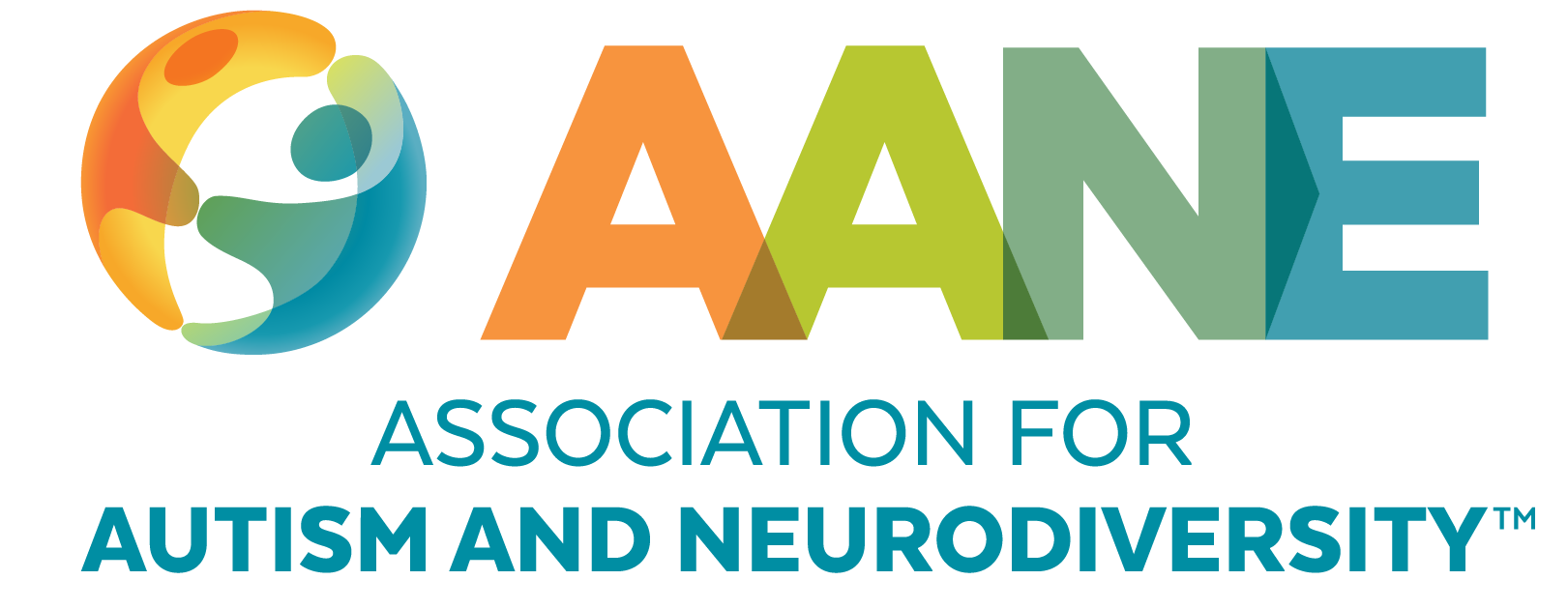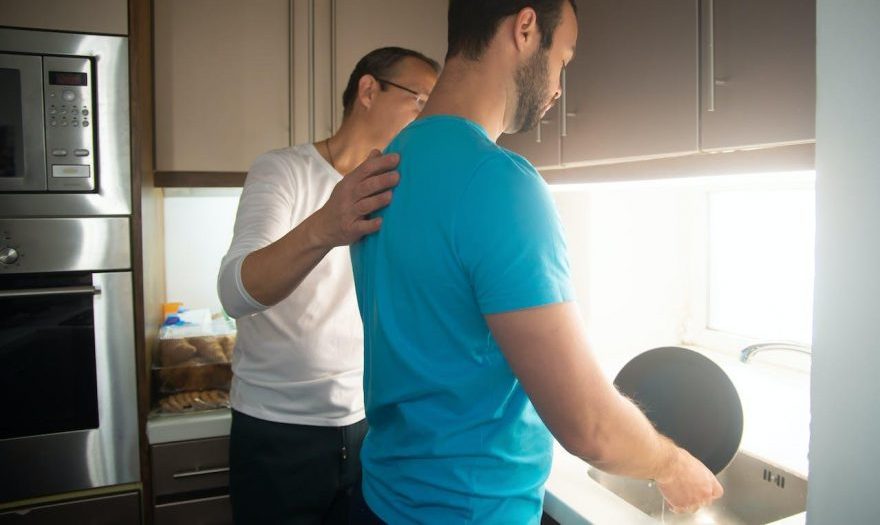
A Journey Towards Independence and Interdependence
Read a piece by one of the author’s adult children on the topic of independence/interdependence.

As a parent of three autistic adults, my understanding of each of my children has grown as I try to help them develop personal independence that is right for them and a willingness to accept help when needed. They have given me permission to share what this process looks like in our family.
My 19-year-old twins are loving and energetic young adults. As NICU babies, managing their early medical challenges took precedence until their health was stable. Their autism was identified when they were two and nine years old respectively. My oldest child was six when her siblings were born and is now 25. She is a funny, creative young woman and cares deeply for her family. Although she was identified with a speech delay, anxiety, and learning challenges when she was young, her autism wasn’t diagnosed until she was 17 years old. As a parent, recognizing her neurodiversity explained so much about her and put into perspective the social and educational challenges she had faced growing up.
My dilemma as a parent has always been knowing how much to do for my children while also increasing their ability to do for themselves. There are moments that I do tasks because it is easier than asking them to do it, whether it is because they don’t know how yet or simply refuse to get it done. What I recognize, though, is that completing a task on my own is only a short term win. Yes, the dishes are put away, the toys picked up, or the clothes are washed, but I’ve only ensured that the next time those tasks need to be done, I’ll be doing them.
As an English teacher, it helps me to think about ways that I support my students in their learning and try to apply those processes at home.
Modeling
When sharing an assignment in class, I always provide a model or example of what the finished product should look like. What does completion look like? At home, I often try to share what I do as an example or possible strategy. For example, my oldest daughter sometimes forgets to do things, so I might say, “I have trouble remembering anything that’s not written down, so I’m putting a reminder in my phone now.” With my twins, who also have intellectual disabilities, I might say, “See how I’m putting my scraps in the compost bin. You should do this too when you finish eating.” Starting with the end result can give them a clear picture of what they can do.
Scaffolding
According to the Center on the Developing Child at Harvard, “Executive function and self-regulation skills are the mental processes that enable us to plan, focus attention, remember instructions, and juggle multiple tasks successfully.” These skills come easily for some, but many autistic children and adults may find them difficult. Scaffolding in various ways can help them by providing tools, like training wheels on a bike, that can be gradually removed when no longer necessary. My 25-year-old daughter worked with an AANE LifeMAP coach to learn how to schedule transportation to her violin lessons using The Ride, a paratransit service in our area. The coach shared a script with blanks that my daughter filled in with her personal information, such as her ID number and the address she needed to travel to. Having that in front of her while speaking on the phone, made the process less anxiety-producing. Other examples of scaffolding we use at home are lists and, for her siblings, visual schedules.
Release
The goal of these strategies is to release control and allow my children to take over completing more tasks on their own, to the extent that they each are ready and able. Like many things, it may take several attempts and honestly we often loop between scaffolding and release. I think of the scaffolding stage as something my children do with me right next to them, and the release stage as being the step where they try something independently. It may go great, or we might need to take a step back and reassess. Even less than successful attempts help them feel a growing sense of independence and confidence in their abilities.
Support
One of the most important things I tell my children is that they can always ask for help. I want them to be independent but, more importantly, I want them to understand themselves and begin to self-advocate. For my younger adult children, that meant helping them learn to say, “I need help please.” It also meant deepening my understanding of them.
I know my son can handle a multi-step request, but I should limit requests to one or two steps for his twin sister. He can dress himself and put on his coat and shoes for school, whereas she can bring me those items but needs physical help to put them on.
My oldest child doesn’t need that type of help, but she might ask me to double-check an email before she sends it or need a suggestion to set a timer to remind her to take dinner out of the oven. Sometimes support for her is just acknowledging her effort and progress towards her goals.
Learning to lean on others is necessary for us as parents, as well. I’ve found wonderful encouragement and actionable advice from AANE parent support groups. Being in community with other parents who are on similar journeys and understand my perspective has been validating. Additionally, we can reach out to the educational and medical professionals that work with our children. Teachers or therapists are often happy to share visual supports or other materials that work with my children to adapt for use at home.
All parents work to help their children become independent adults. As we support our autistic loved ones in developing those skills, we should recognize that interdependence is as important as independence for them as well as for us.
Stay Current
Subscribe for AANE weekly emails, monthly news, updates, and more!





